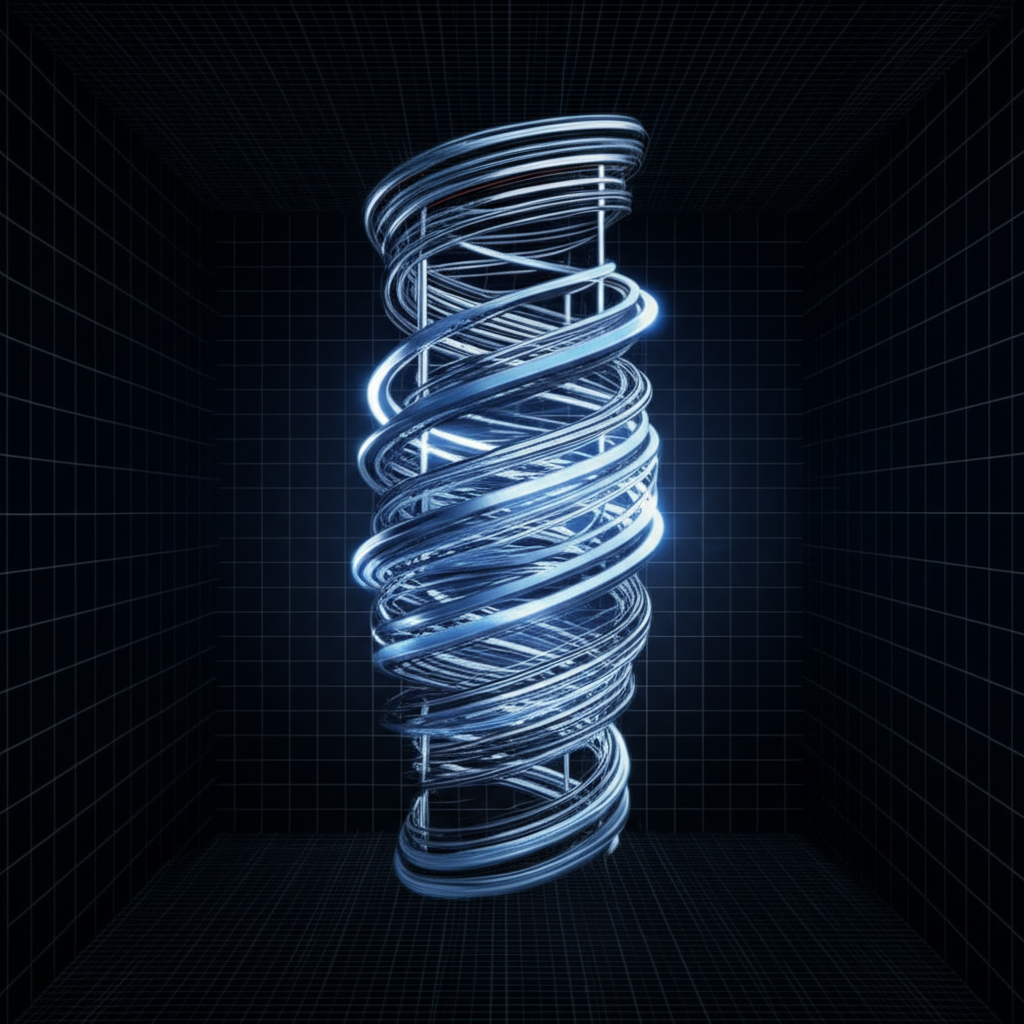
Essential Factors Affecting CNC Machining Lead Time
Understand the key factors affecting CNC machining lead time, from design complexity to material choice. Learn how to optimize your project for faster delivery.

Mastering Titanium CNC Machining for Aerospace Parts
Unlock the potential of titanium CNC machining for aerospace. Learn key challenges, material grades, and how to select the right partner for critical components.

High Precision CNC Turning for Mission-Critical Components
Discover how high precision CNC turning delivers unmatched accuracy for complex parts. Learn about tight tolerances, advanced materials, and key industry applications.

Rapid Prototyping-CNC Aluminum Machining
Fast & Precision Rapid Prototyping with CNC Aluminum Machining – High-Quality Functional Prototypes in Days. Ideal for Automotive, Aerospace & Industrial Applications. Get Instant Quote!

CNC Machining Custom Motorcycle Parts
Motorcycles exude a distinct aesthetic appeal while riding and offer superior maneuverability compared to automobiles. Even novice riders can achieve fully customized modifications by procuring CNC-machined prototype components through custom manufacturing services.

Application of Aluminum Prototypes in Bicycles
Custom Bicycle Development: Integrated Engineering Workflow from Concept to Aluminum Prototype
Each phase of bespoke bicycle development demands intensive intellectual and physical labor. The following delineates the precision-driven progression from conceptual design to functional aluminum prototype fabrication.

The Advantages of High-Speed Milling Aluminum
Modern industry demands rapid manufacturing, with monthly rising needs for rapid prototypes or custom precision parts. Customers expect faster order fulfillment and require components with higher precision than ever before. Aluminum, one of the most widely used alloys in production, offers lightweight properties while being strong, durable, and corrosion-resistant.
High-speed milling stands as one of the CNC aluminum machining’s most successful methods. The primary distinction from conventional milling lies in its significantly higher spindle speeds, enabling operators to increase cutting feed rates. This approach delivers substantial advantages.

Why Custom Prototyping is Now Critical for R&D
In today's hyper-competitive markets, custom prototyping has evolved from luxury to necessity. This analysis reveals how 3D printing, CNC machining, and vacuum casting enable rapid iteration cycles, personalized products, and accelerated time-to-market - supported by 2023 industry data showing 68% faster product launches with professional prototyping partners.





